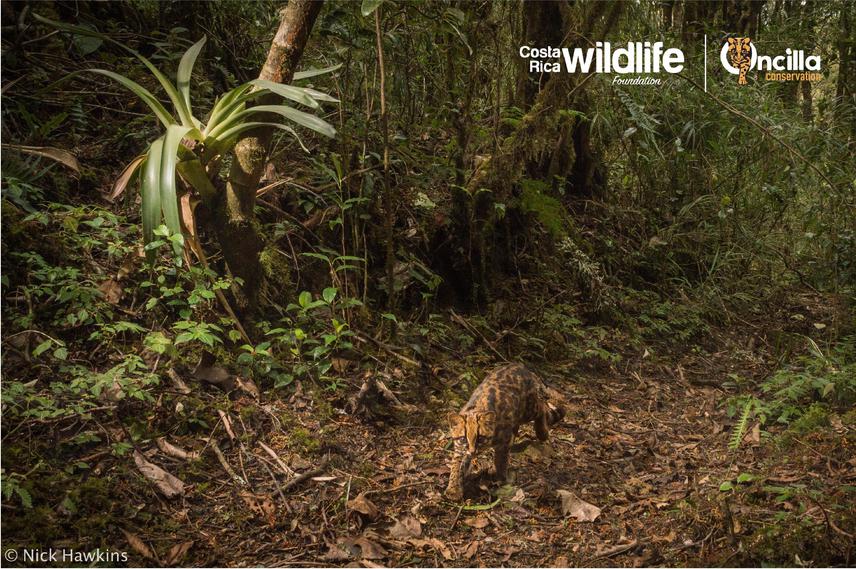José Daniel Ramírez Fernández
We will characterize the genetics of Leopardus tigrinus oncilla in the highlands of Costa Rica by collecting biological samples in-situ and ex-situ in order to perform DNA extraction and molecular analysis to characterize the population status of the species in the study area. Additionally we will determine if the Central American populations of oncilla represent an endemic and different species from South American tigrina populations by performing a comparative genetic analysis.
We will also develop a conservation and action plan for oncilla and its habitat in Costa Rica, involving local researchers and conservation stakeholders. And we will lobby for the inclusion of our findings and recommendations into national wildlife planning policy, and IUCN-SSC Specialist Groups.

In 2013 molecular biologists conducted an analysis to determine whether recognized subspecies of L. tigrinus showed any evidence of ongoing gene flow between their populations or if by isolation could be considered different species. The authors find that two seemingly continuous Brazilian tigrina populations show no evidence of any gene flow between them, leading them to recognize these subspecies as distinct species, L. tigrinus in the northeast and L. guttulus in the south.
With respect to the Central American subspecies, L. t. oncilla, they could only incorporate one sample from Costa Rica to their analysis (Trigo et al. 2008, 2013). But the authors find a deep genetic divergence between the Central American and South American populations. Although this observation indicates that L. t. oncilla may also represent a different species, the genetic analysis made so far have been based on a small sample of individuals. The sample must be increased to obtain definite and undeniable conclusions that might lead to important conservation outcomes.
We have been researching the ecology of this species over year 2019. So far we have determined the occurrence sites of the oncilla in the highlands of Costa Rica. In this occurrence sites we assessed the conservation status of L. t. oncilla and characterized the threats it is facing. We have also set the base for a genetic study, where we have created a protocol for genetic sample collection with guidelines to clarify it taxonomy. Finally, we have developed a Conservation Program to establish a long-term small-cat conservation project in Costa Rica using the oncilla as flagship.
Given that the species complex (Leopardus tigrinus sensu lato) is already assessed as vulnerable by the IUCN, and as endangered by the Costa Rican government, this taxonomic change will have important implications on the conservation status of the new species. The oncilla will change to a more endangered conservation status because of its restricted distribution, and endemism to the highlands of Costa Rica and Panama.
Beyond this taxonomic reassessment, most conservation programs or projects on felids in the region are focused on the largest, “sexier” and popular species like jaguar or puma, and not much attention is given to the smallest and apparently rarest species like oncilla. With a brand for the Project Oncilla being created in 2019, using the oncilla or tigrina as flagship, we pretend to develop the first conservation program on small wild cats in the region.